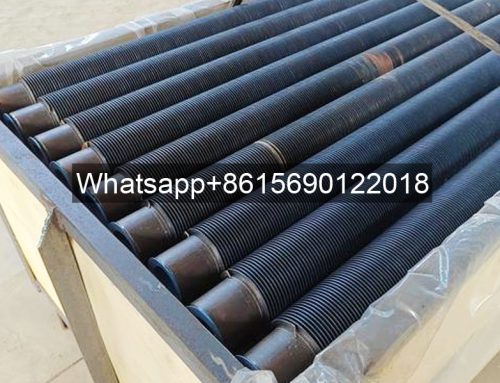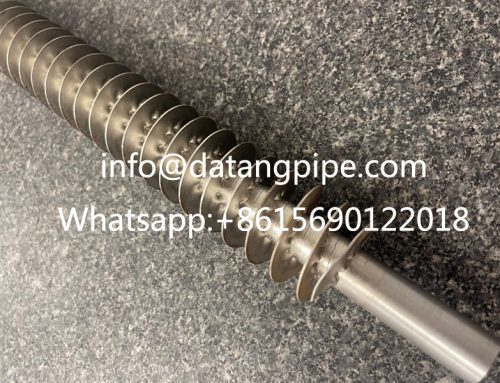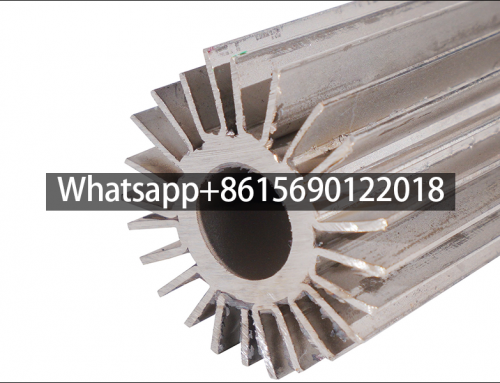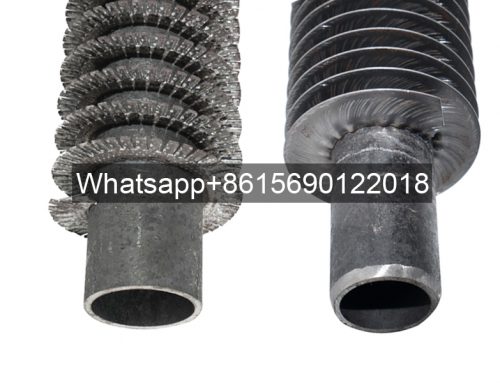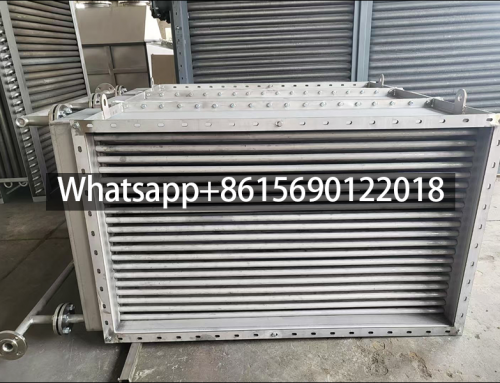How long is the service life of stainless steel laser welded fin tubes?
The service life of high-quality stainless steel laser welded fin tubes can reach 8 to 15 years. The key is to choose the right material (such as 316L seawater resistant), do a good job of welding and maintenance. Special protection is required in harsh environments, and scientific maintenance can extend it to more than 15 years.
The service life of stainless steel laser welded fin tubes is affected by many factors such as material quality, use environment, maintenance, workload, etc., and it is difficult to give a unified specific duration. The following analyzes the influencing factors and general service life range from different dimensions.
1. Core influencing factors of stainless steel laser welded fin tubes
–Materials and manufacturing process
Stainless steel material: The corrosion resistance and high temperature resistance of different grades of stainless steel (such as 304, 316L, 321, etc.) vary significantly. For example, 316L stainless steel has a longer life in strong acid, strong alkali or marine environments, while 304 stainless steel is more suitable for conventional corrosive environments.
Laser welding quality: The welding process directly affects the bonding strength between the fin and the base tube. High-quality laser welding can achieve metallurgical bonding, strong bonding force, small heat-affected zone, avoid fin shedding or corrosion leakage due to welding defects (such as cold welding and cracks), thereby extending the service life.
—The use environment of stainless steel laser welded fin tubes
Medium characteristics: corrosiveness of the conveying medium (such as acid, alkali, salt solution), temperature, pressure, flow rate, etc. For example, a high-temperature and high-pressure steam environment may accelerate material fatigue, while a highly corrosive medium may cause pitting and intergranular corrosion, shortening the service life.
External environment: humidity, dust, corrosive gases (such as SO₂, Cl⁻) in the air, etc. Harsh environments such as coastal areas or chemical parks may aggravate corrosion.
—Maintenance and cleaning of stainless steel laser welded fin tubes
Regular cleaning: Dust and scaling (such as scale and oil scale) on the surface of the fins will affect the heat dissipation efficiency and even form “under-scale corrosion”. Regular cleaning can reduce the risk of local corrosion.
Anti-corrosion treatment: Surface coating (such as epoxy resin, polytetrafluoroethylene) or cathodic protection of pipes exposed to corrosive environments can significantly extend their service life.
—Working load and working condition stability of stainless steel laser welded fin tubes
Frequent start-stop or load fluctuation: may cause thermal stress cycles and induce fatigue cracks, especially at the welding interface.
Design rationality: If the design flow rate of the fin tube is too high or the pressure drop is too large, it may aggravate erosion corrosion or vibration wear.
2. General service life range of stainless steel laser welded fin tubes
In conventional industrial environments (such as ordinary heat exchange, drying, ventilation systems, medium without strong corrosion, moderate temperature and pressure), the service life of high-quality stainless steel laser welded fin tubes is usually 8~15 years.
Harsh environment (such as high-concentration acid and alkali medium, high temperature and high pressure, strong corrosive gas): The service life may be shortened to 5~10 years, or even shorter, and it is necessary to rely on material upgrades (such as the use of duplex stainless steel) and special protective measures.
Ideal working conditions with good maintenance: If the material is excellent, the working conditions are stable and the maintenance is done regularly, the service life can reach more than 15 years. The service life of customized products of some high-end equipment (such as aerospace and nuclear power fields) can exceed 20 years.
3. Practical suggestions for extending the service life of stainless steel laser welded fin tubes
Accurate material selection: Select stainless steel grades (such as 316L for seawater environment) according to the corrosiveness of the medium and the environment, and conduct corrosion tests when necessary.
Optimized design: Reasonably design the fin spacing, thickness and flow rate to avoid dust accumulation or erosion wear.
Strengthen maintenance:
Regularly clean the dirt on the fin surface (compressed air or chemical cleaning can be used);
Check whether the welding interface has cracks or signs of corrosion, and repair or replace it in time;
Apply anti-corrosion coating to corrosion-prone parts (such as elbows and welds).
Working condition monitoring: Track parameters such as temperature, pressure, corrosion rate, etc. through the online monitoring system to warn of abnormalities in advance.
4. Typical characteristics of the end of the life of stainless steel laser welded fin tubes
When the following situations occur, it is necessary to consider replacing the fin tubes:
The fins fall off in a large area or the base tube is corroded and perforated, resulting in medium leakage;
The heat transfer efficiency is significantly reduced (such as a sudden increase in pressure drop and a widening of temperature difference), and it cannot be restored by cleaning;
The material has obvious fatigue cracks or intergranular corrosion, and the strength is lower than the safety threshold after detection.
In short, the service life of stainless steel laser welded fin tubes is the result of the joint action of “design-manufacturing-use-maintenance”. Through scientific selection, standardized installation and regular maintenance, its effective service life can be maximized.


